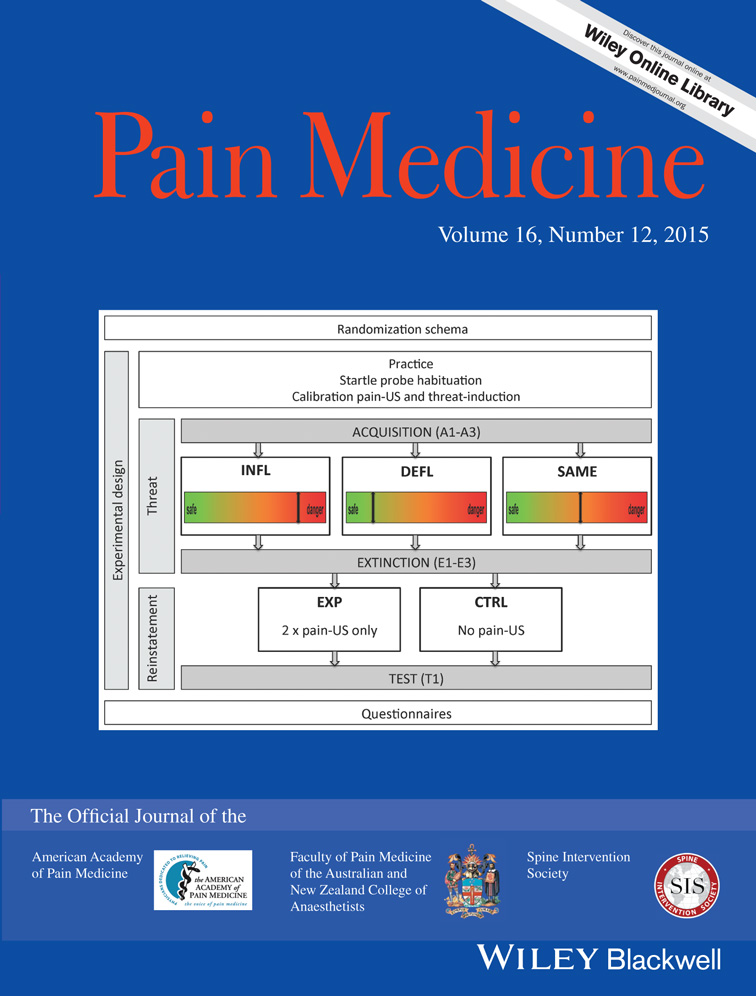
Brachial plexus blocks result in significantly less acute post-op pain scores and opioid consumption

Brachial plexus blocks result in significantly less acute post-op pain scores and opioid consumption
Brachial Plexus Block with Liposomal Bupivacaine for Shoulder Surgery Improves Analgesia and Reduces Opioid Consumption: Results from a Multicenter, Randomized, Double-Blind, Controlled Trial.
Pain medicine (Malden, Mass.).2020;21(2):387-400.Did you know you're eligible to earn 0.5 CME credits for reading this report? Click Here
Synopsis
Brachial plexus blocks are commonly used in shoulder surgery to reduce patient discomfort and analgesic use. However, their true effectiveness compared to placebo has been debated. In this study, the authors randomized patients to an ultrasound guided liposomal bupivacaine brachial plexus block or placebo. Outcomes of interest were pain scores, opioid consumption, and patient satisfaction. A sing...
To view the full content, login to your account,
or start your 30-day FREE Trial today.
FREE TRIAL
LOGIN
Forgot Password?
Explore some of our unlocked ACE Reports below!

Learn about our AI Driven
High Impact Search Feature
Our AI driven High Impact metric calculates the impact an article will have by considering both the publishing journal and the content of the article itself. Built using the latest advances in natural language processing, OE High Impact predicts an article’s future number of citations better than impact factor alone.
Continue



 LOGIN
LOGIN

Join the Conversation
Please Login or Join to leave comments.